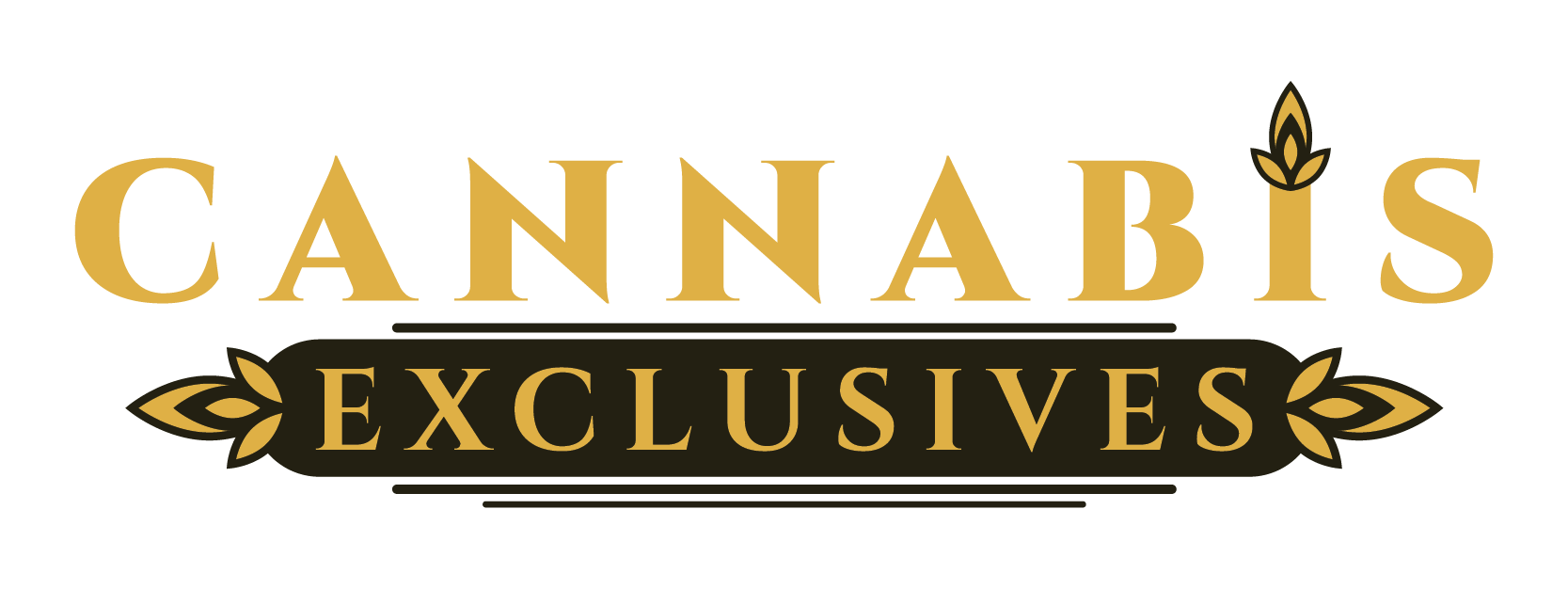In cannabis, packaging is the frontline of the brand: the first thing a shopper touches and the boundary between creativity and compliance. Done well, it clarifies value fast, reduces perceived risk, and turns a curious glance into a cart add.
Why it matters at the shelf
Packaging often carries more weight than traditional brand advertising inside the dispensary, particularly for newer consumers who haven’t built strong strain or brand heuristics. BDSA’s consumer work shows new buyers are much more likely to choose products based on high-quality, premium packaging, underscoring the pack as a proxy for trust.
Compliance frames the canvas
Regulations shape what cannabis packs must do before they can sell. In California, finished goods must be child-resistant and tamper-evident; multi-serving items must be resealable, and edibles must be opaque. Labels split into a primary panel and an informational panel, and every retail pack must display the universal cannabis symbol at minimum size. Imagery that appeals to children and unsubstantiated health claims are prohibited.
California also clarifies child-resistance pathways (PPPA-certified formats, certain heat-sealed films, or crown-capped single-serves) and requires clear statements when initial CRP is lost after opening.
What research says
Peer-reviewed studies quantify how packaging shifts preferences. A 2024 discrete-choice experiment across 1,578 U.S. adults found package style the most important attribute among those tested; participants generally preferred branded over plain, health claims over none, and potency indicators over none—evidence that visual architecture and information density steer selection.
Complementary work in 2025 reported that plain packaging increased correct recall of health warnings, decreased product appeal, and raised perceived harm—useful context for regulators and brands balancing safety with branding.
Sustainability signals (and trade-offs)
Buyers increasingly notice material choices. Brightfield reports that 69% of cannabis consumers sometimes or often buy products with sustainable packaging, with top preferences for recyclable (49%), reusable (46%), and plastic-free (32%); yet 65.3% say sustainable options feel too expensive.
Industry reporting echoes the tension: enthusiasm meets checkout reality, and price remains the No. 1 driver of purchase. Still, brands that right-size or switch to recycled/compostable formats are earning attention and press, signaling reputational upside even when short-term costs rise.
Design choices that convert
The most effective packs tend to:
- Deliver effect-forward wayfinding (mood states, use occasions) that help novices decide quickly.
- Surface critical claims and metrics with restraint (strain family or terpene theme; potency indicators) without clutter.
- Build typographic hierarchy for distance legibility.
- Integrate compliance elements so they reassure, not distract.
- Test sustainable substrates without compromising CRP—because shoppers notice.
Pragmatically, teams can prototype pack fronts the way they prototype websites: iterate on hierarchy, test claims and iconography with real shoppers, and capture budtender feedback. Effect and occasion icons, in particular, speed navigation for new consumers and reinforce confidence post-purchase—and retention.
Bottom line
In a high-choice, regulated category, packaging is both a compliance instrument and a commercial engine. The brands that win treat the pack as fast education—clear, lawful, and personable—while iterating materials and messaging to reduce friction at the register and increase trust over time. Ultimately, packaging remains the silent salesperson driving cannabis growth.
